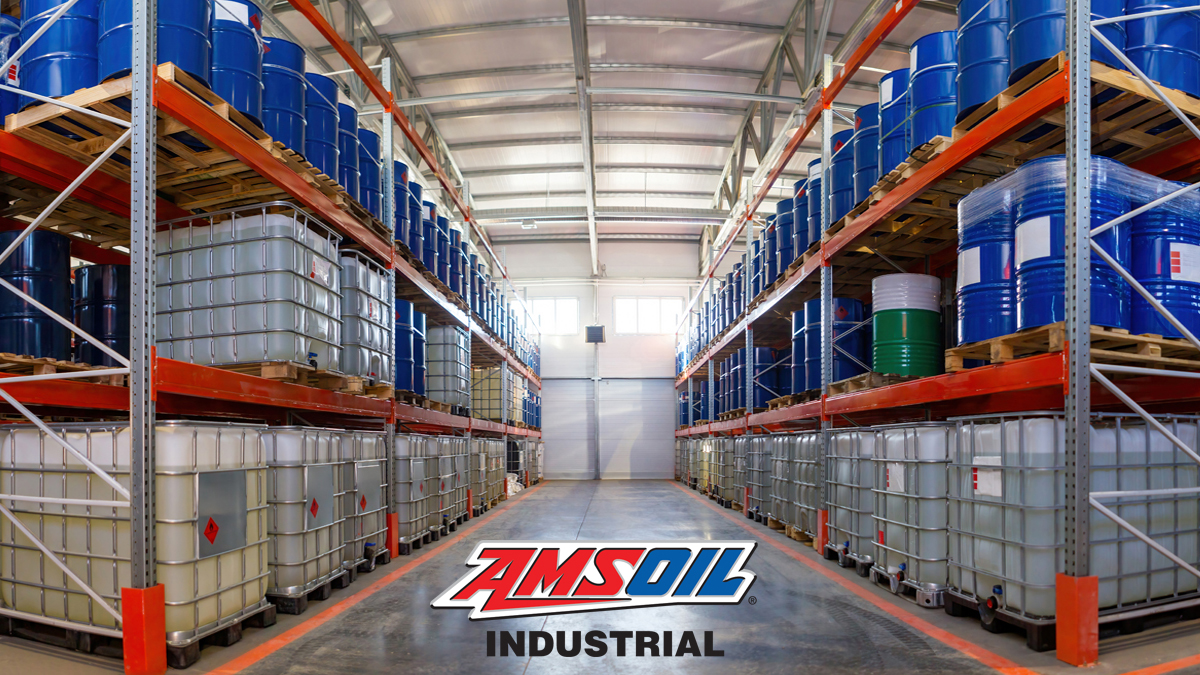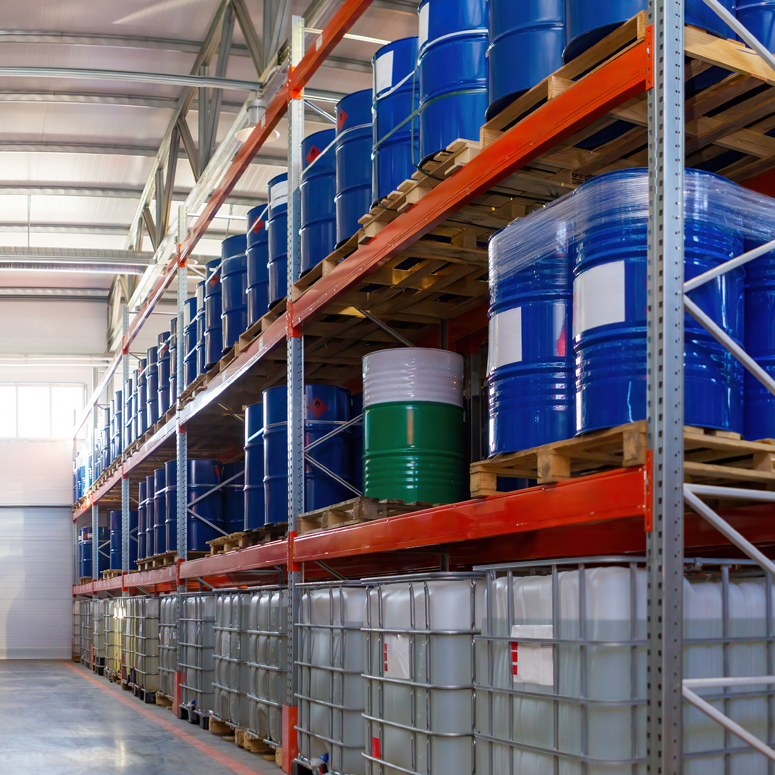LUBRICANT SHELF LIFE
In manufacturing and industrial operations, effective lubrication is essential for machinery efficiency, wear prevention and productivity. But how long can you store these vital lubricants before they become ineffective? Understanding the shelf life of industrial lubricants is key for manufacturers, maintenance engineers and industrial suppliers alike.
This article will explain why it’s important to be aware of shelf-life guidelines, how to identify when a product has surpassed its shelf life and best practices for proper storage. By following these expert tips, you can ensure your lubricants remain effective, supporting the longevity and performance of your machinery.
Get Your FREE Lubricant Shelf–Life & Storage Guidelines
The Importance of Shelf-Life Guidelines
– Ensuring Optimal Performance – The primary reason to understand the shelf life of industrial lubricants is to ensure that your machinery operates at its best. Using lubricants that have expired can lead to reduced performance, increased wear and machinery failure. If in doubt, have a lubricant analysis performed to determine if the product is still effective.
– Cost Savings – Discarding expired lubricants and replacing them can be costly. By knowing the shelf life and best storage practices, you can extend the life of your lubricants and reduce waste.
– Safety and Compliance – Proper knowledge and adherence to shelf-life guidelines will help maintain a safe working environment and ensure regulatory compliance.
How to Know if a Product is Past its Shelf Life

One of the simplest ways to determine if a lubricant has expired is by conducting a visual inspection. Look for signs of phase separation (which is when different base oils separate and take on the appearance of oil and water in a glass), the formation of solid particles, changes in color or reduced clarity. These are indicators that the lubricant may no longer be effective.
Always refer to the manufacturer’s guidelines for shelf life. These guidelines are based on extensive testing and provide the most accurate information on how long a lubricant can be stored while maintaining its efficacy.
If you’re unsure, consider submitting a sample for an expert lubricant analysis. Many lubricant suppliers offer testing services to determine whether the product is still suitable for use.
Get Your FREE Lubricant Shelf–Life & Storage Guidelines
Expert Insight from AMSOIL Senior Industrial Tribologist Kevin Dinwiddie
“Oil drums can breathe even though they are sealed with rubber seals on both openings on the top of the drums. This breathing happens daily when the temperature changes from cold to hot. The oil expands and contracts, causing air to be pulled into and out of the drum openings even when sealed. So, you can imagine what would happen if the drum was stored on a pallet outside and it rained. The standing water on top of the drum would be drawn into the drum with temperature changes, contaminating the drum contents. Since oil floats on top of water when a drum pump is installed in that contaminated drum, the first of the oil will have the most water in it. If a drum has been opened and not closed tightly, water will be drawn into the drum at a higher contamination level. Therefore, storing drums indoors is critical and storing them on their side is preferred.”
6 Best Practices for Storing Industrial Lubricants
1. Facility: Indoor storage is recommended for all lubricants, specifically an area away from direct sunlight and safe from weather conditions. The storage area should be clean, free of moisture and free of airborne particles to the highest degree possible. Lubricant packaging will protect the products from direct contact contamination; however, moisture, dust and debris on the package itself can result in unintended contamination.
2. Airborne Contamination: Airborne dust and debris can be deposited on the container top and around the valve connection during storage. Ensure contamination is removed before opening the top breathing valve or connecting transfer-hose equipment to the container. Failure to remove dust and debris during the transfer process can lead to unwanted particulate introduction to the lubrication system. Every effort should be made to store containers in a clean environment and inspect the container before installation.
3. Temperature: Minimize temperature variation during storage. Oil expansion and contraction can occur due to wide swings in temperature. The container will breathe if the temperature swings are greater than 60°F. Temperatures lower than 40°F can lead to condensation and unintentional moisture exposure to the exterior of the package. Temperatures greater than 100°F will result in a high pressure differential on the inside of the package, resulting in a property known as breathing. When cooling occurs, humidity (moisture) can be pulled into the package, exposing the product to unwanted moisture contamination. Temperature extremes can occur in every climate, but every attempt should be made to minimize temperature swings during storage.
4. Oxidation Prevention: Oxidation is another factor that can degrade lubricants. Close containers properly to limit their exposure to air. Avoid agitation, as it can increase oxidation rates and emulsify water into the oil, accelerating degradation.
5. Regular Inspections: Conduct regular inspections of your lubricant inventory. Check for signs of contamination or degradation, and rotate stock using the first-in, first-out (FIFO) method to ensure older lubricants are used first.
6. Labeling and Documentation: Proper labeling and documentation are essential for managing lubricant inventory. Include the date of receipt, type of lubricant and recommended shelf life on each container. This practice helps track the age of lubricants and ensures timely use.
Get Your FREE Lubricant Shelf-Life & Storage Guidelines
Key Takeaways
Keep lubricants in a dry and clean environment. Store drums on a pallet, not on a cement floor. If in totes, store them indoors to keep oil from oxidizing from the sun. If possible, store drums being used on their sides. To prevent cross-contamination, avoid using the same lubricant pump, funnel and container for different types of lubricants.
Maximize the Benefits of Your Lubricants with AMSOIL Industrial
Understanding and adhering to the shelf-life guidelines for industrial lubricants is essential for maintaining optimal machinery performance, ensuring safety and achieving cost savings. By exercising proper procedures for lubricant products during storage, the problems associated with unwanted contamination can be prevented. Maximize the benefits of your industrial lubricants.
Contact an AMSOIL Industrial Application Engineer today to learn more about our customized solutions.


